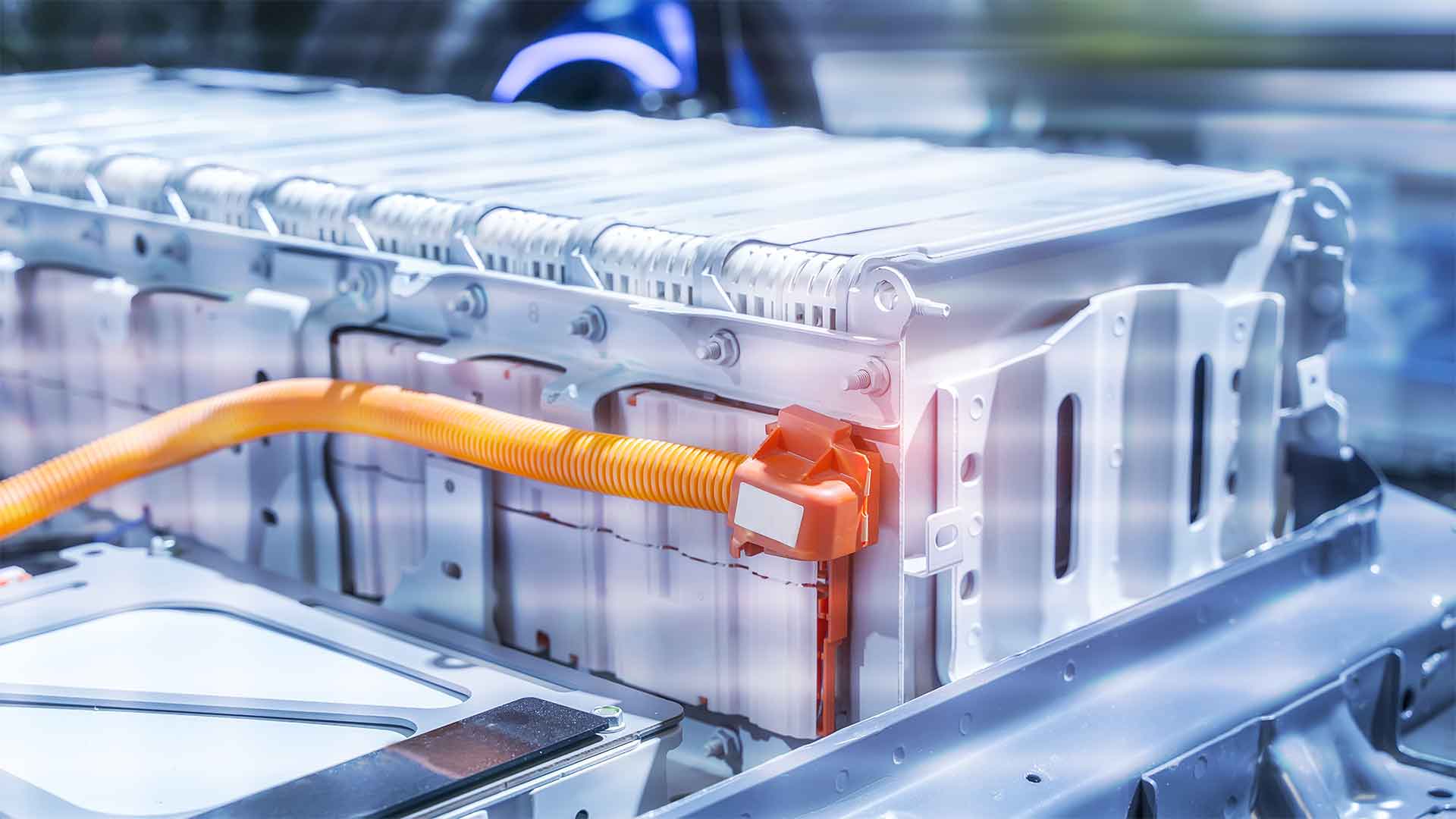BORON NANOTUBES OFFER BRIGHT FUTURE
Boron Nanotubes are novel material with unique properties, including high thermal conductivity and chemical stability. It has been used in many applications such as heat transfer fluids, lubricants, coatings for semiconductors, catalysts, etc., but its use in batteries was not explored until recently. The first report of the application of BNNTs in Li-ion batteries appeared only in 2020.

RESEARCH
Research shows that Boron Nanotubes (BNNTs) have extraordinary mechanical, optical, and thermal properties. They are gaining considerable attention from various scientific fields being promising as a potential nanomaterial more than other nanotubes. Recent research has shown that BNNTs have better properties than carbon nanotubes. These are well-studied for many applications in the environment-energy field. BNNT, regardless of its chirality is a constant wide bandgap insulator.
It exhibits thermal oxidation resistance and piezoelectric property, high hydrogen adsorption ultraviolet luminescence, cytocompatibility and stability. These exceptional properties make BNNT a great material for separation applications such as membranes. Recent research has shown that these properties can be used to improve water filtration, gas separation and sensing.
The BNNTs can enhance the properties of membranes in many ways, including flux, rejection, antifouling, sensing and structural, thermal, and electrical performance. The majority of research has focused on molecular simulation. Therefore, it is necessary to review the entire literature. This perspective article discusses the advanced properties of BNNTs. Then, a discussion about the benefits of these properties in membrane science is followed by an overview of current literature. We aim to give insight into BNNT materials, and speed up research for environmental-energy applications.
APPLICATIONS
Commercial BNNTs offer advantages when the functional properties of Carbon Nanotubes need to be avoided. In addition, BNNTs demonstrate better properties in terms of electrical insulation properties as well as wetting, mechanical strength, thermal resistance, and. Electronic, drug delivery, nano-medicine, biomedical, aerospace, energy, and environmental applications can benefit from these properties.
Composites of BNNTs can be used for mechanical reinforcement and structural composites as well as thermal conductivity, high-temperature material processing, high-temperature applications (thermal barriers, fire resistance, etc.), electrical insulation, piezoelectric sensing, energy harvesting, neutron shielding, and transparency of composites.
OTHER BENEFITS
Energy
Li-S batteries have been shown to produce more than 5 times more power than Li-ion batteries. This provides for not only longer usage between charges but additionally batteries becoming many times smaller while retaining the same battery life as a Li-ion battery.
Cost
Sulphur is a plentiful resource and is inexpensive; it is less than 1 percent of the price of lithium cobalt oxide – the product used in mobile phones, laptops and digital electronic camera batteries.
Charge Rate
Much shorter charging times for LI-S batteries can be realised as a result of the chemical formulation and the cost/ charge cycles are higher; this means more resilient batteries and longer life cycles.
Weight Reduction
Li-S batteries can be smaller sized than Li-ion batteries with a comparable energy delivery and capacity. These lighter batteries with premium performance offer brand-new opportunities in nearly everything which requires battery power.





